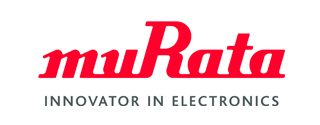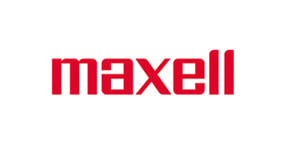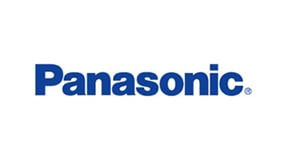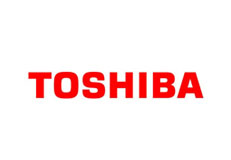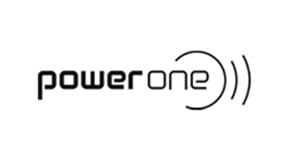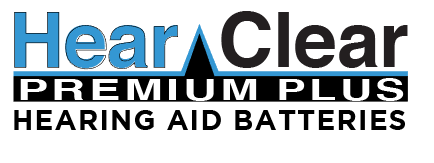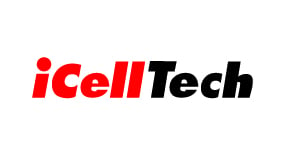Rechargeable battery care chart and takeaways
You can scan through the chart below to get quick info about different aspects of rechargeable battery care. We focus on the most common chemistries—lead-acid, nickel-based Ni-Cd and Ni-MH batteries, and lithium batteries. Please note that it serves only as a rough guide to quickly answer common queries like when to charge, when to remove a battery from the charger, and more.
Please explore our growing knowledge base for more detailed battery information, keeping in mind that referencing the manufacturer documentation that accompanied your battery should always take precedence.
| Get quick information about.. | Lead acid (Sealed, flooded) |
Nickel-based (Ni-Cd and Ni-MH) |
Lithium-ion (Li-ion, Li-polymer) |
| Battery preparation | Apply a topping charge prior to use. | Charge 14 to 16 hours prior to using. Battery may need to be formatted. | Not needed, but a topping charge prior to using is good. |
| Battery damage | Always store lead-acid batteries fully charged. | Battery is generally strong and improves with use. | A low charge can disable circuit protection. Always keep partially charged. |
| Battery memory | Lead-acid batteries have no memory issues. | Yes. Discharge Ni-Cd batteries every 1–3 months. | Lithium-ion and Li-polymer are generally considered to have no memory issues. |
| Battery charging: full vs. partial | Apply full saturated periodic charges to your battery every few weeks or months. Avoid habitual partial charges as this promotes sulfation. | Partial charging is fine, but repetitive charges can create heat buildup that will damage your battery. | It is better to partially charge your battery to 70 percent or near full than to fully charge it. |
| Battery depletion level before charging | Do not fully drain your battery as it will damage it over time. | Scheduled deep discharges will help prevent battery memory issues. | Fully draining your battery will damage it over time. |
| Battery charging with device on or in use |
Avoid simultaneous use of your battery as it charges because it will alter full-charge detection and renders the charge level reading unreliable. This often results in an overcharged battery or one that is partially charged with mini cycles. | ||
| Battery removal upon charge completion | The charger will switch to a float charge status. | Remove within a few days. | Not necessary if using a quality charger which will shut off upon charge completion. |
| Battery storage | Store fully charged above 2.1 volts in a well-ventilated area and apply a topping charge every 6 months. | May be stored depleted in preferably in a cool location. | Store partially charged, around 50 percent, in a cool location. High voltage plus high temperature is the worst combination for this battery chemistry. |
| Battery heating while charging | Toward end of charge, a lead-acid battery gets lukewarm. | Battery will get warm and must cool down when ready. | Battery should remain cool or slightly warm. |
| Battery charging in cold temperature | Slow charging (0.1C): 32–113°F (0–45°C) Fast charging (0.5–1C): 41–113°F (5–45°C) |
Do not charge in below freezing temperature. | |
| Battery charging in hot temperatures |
Above 77°F (25°C), lower the threshold by ~1.7mV/F (3mV/°C). | Nickel-based batteries do not fully charge when hot. | Never charge lithium batteries in temperatures exceeding 122°F (50°C). |
| Battery charger |
Lead-acid battery chargers should provide a float charge of 2.25–2.30 volts per cell when ready. | The charger should include a temperature sensor. A charging Ni-Cd or Ni-MH battery should not get too hot. | Lithium-ion batteries should remain cool. No trickle charge when ready. |
Important battery care takeaways
Most of these important tips also extend to batteries of other chemistries.
Keep your battery at moderate temperatures. Cool temperatures have the same effect on batteries as it does on food. Cooler temperatures will extend the life of your battery and help to offset internal corrosion of its electrodes and electrolyte.
Do not deep cycle your battery. A partial depletion of your battery is better than a complete discharge. Li-ion batteries, for example, are generally maintenance-free and operate optimally at between 30 and 80 percent state of charge. Deliberate full depletion of your battery should only be to occasionally recalibrate nickel-based smart batteries, including those found in mobile devices like laptops and mobile phones. This serves to offset memory effect.
Do not abuse your battery. Batteries are like machines—they will wear down faster with strenuous work. Overloading your battery while discharging, fully depleting, and rapid charging stresses your battery. Load-related stress should be kept to a minimum. Energy and power requirements should be properly matched to the application for which the battery is intended to be used.
Do not ultra-fast charge your battery. In an age where we like everything to be done yesterday, fast-charging ability is great marketing, but it is not necessarily good for the service life of your battery. The only exception is the hardy Ni-Cd battery, which that can endure a fast charge to about 70 percent state of charge without negatively impact to its integrity.
To learn more about battery care and storage, take a look at these articles:
Practical tips to maximize battery life
Battery storage: expiration, self-discharge, and shelf life
